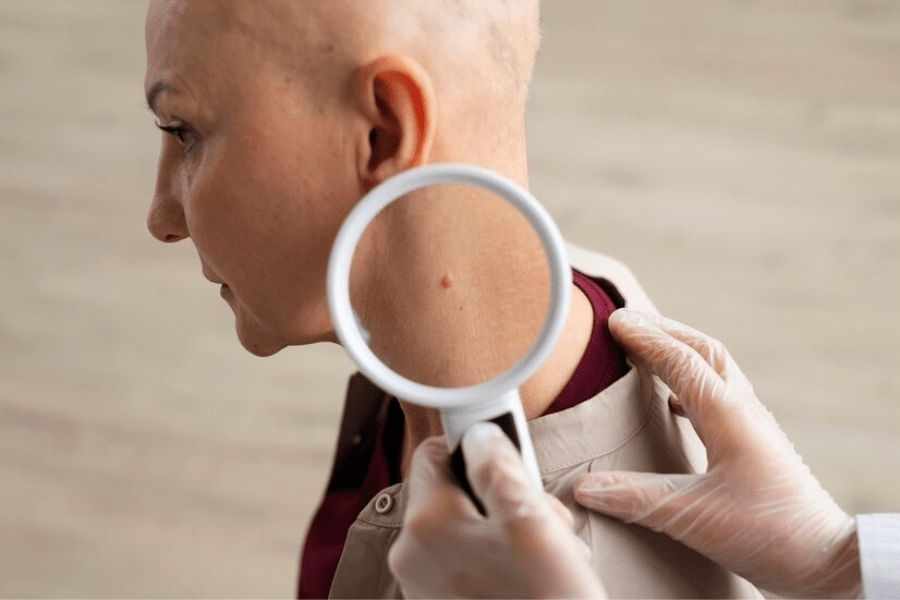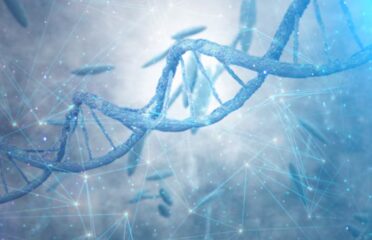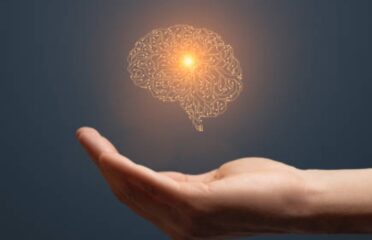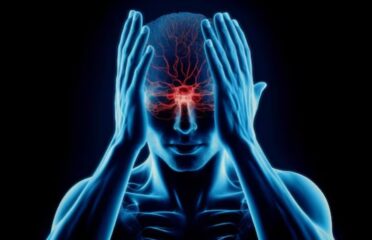Arachnoid Cysts
Overview of Arachnoid Cysts

Did you know that arachnoid cysts are these fluid-filled sacs that can develop between the arachnoid membrane and either the brain or spinal cord?
They're actually pretty interesting because there are two types of them. Primary arachnoid cysts are present at birth and arise from developmental abnormalities, while secondary arachnoid cysts develop due to head injury, meningitis, tumors, or as a complication of brain surgery.
They usually occur outside the temporal lobe of the brain in the middle cranial fossa, but it's rare for them to occur in the spinal cord.
The symptoms and their onset depend on the size and location of the cyst.
Arachnoid Cysts Symptoms
• Symptoms of arachnoid cysts typically emerge before age 20, often in the first year of life, although some individuals remain asymptomatic.
• Common symptoms of brain-related arachnoid cysts include headaches, nausea, vomiting, seizures, and hearing or visual disturbances.
• Other indications may include vertigo, balance issues, and difficulties with walking.
• Arachnoid cysts near the spinal cord can compress spinal components, resulting in back and leg pain, tingling, or numbness in the limbs.
• Without treatment, arachnoid cysts may lead to permanent nerve damage, particularly if they enlarge or bleed.
• Addressing symptoms through treatment often alleviates or improves these manifestations, highlighting the importance of early intervention.
Causes & Risks
• The causes and risks of arachnoid cysts vary depending on individual factors.
• Key determinants include the size, location, and overall health of the cyst.
• These factors influence the likelihood of complications and symptoms associated with arachnoid cysts.
• Understanding individual circumstances is crucial for assessing the risks and managing the condition effectively.
• Factors such as cyst size and location play a significant role in determining potential complications.
• Overall health also impacts the severity and manifestation of symptoms related to arachnoid cysts.
Test & Diagnosis
• Diffusion-weighted MRI scans can be used to diagnose arachnoid cysts in the brain or spine.
• This specialized imaging technique assists in distinguishing fluid-filled arachnoid cysts from other types.
• Diffusion-weighted MRI scans provide detailed and accurate information about the cyst's composition and location.
• MRI helps healthcare providers make precise diagnoses and tailor treatment plans accordingly.
• By identifying arachnoid cysts through MRI scans, medical teams can promptly initiate appropriate management strategies.
• Diffusion-weighted MRI is essential for diagnosing arachnoid cysts, ensuring accurate assessments and effective treatment decisions.
Arachnoid Cysts Treatment
• The decision to treat arachnoid cysts depends mainly on their size and location.
• Some physicians choose a conservative approach without intervention for small, asymptomatic cysts that do not disrupt surrounding tissue.
• Advanced surgical techniques with minimal invasiveness have become increasingly common.
• These techniques involve smaller incisions and reduced stitches, minimizing surgical trauma.
• Surgical options may include removing the cyst's membranes or creating an opening for fluid drainage into the spinal fluid to promote absorption.
• The treatment approach is tailored to each case, balancing the risks and benefits to achieve the best possible outcome.
Living With Arachnoid Cysts
Living with an arachnoid cyst is diverse, contingent on its size, location, and symptomatology.
For those with asymptomatic cysts, discovered incidentally, minimal lifestyle adjustments might be needed. Regular monitoring through check-ups ensures cyst stability.
Symptomatic cases, marked by headaches or seizures, may involve medication or surgery for symptom relief.
Adhering to healthcare recommendations and lifestyle adjustments, like stress management, is key. A supportive environment aids stress reduction.
Education about the condition and emotional well-being are crucial, encouraging informed decisions and mitigating concerns associated with this neurological condition.
Complications
• Larger arachnoid cysts can cause headaches by exerting pressure on brain tissue.
• Seizures may occur, particularly if specific brain regions are affected by the cyst.
• Depending on their size and location, neurological symptoms such as dizziness, balance problems, cognitive changes, or vision and hearing issues may arise.
• Elevated intracranial pressure from large cysts can lead to symptoms like nausea, vomiting, visual disturbances, or altered consciousness.
• In rare cases, cysts obstructing cerebrospinal fluid flow may contribute to hydrocephalus, resulting in headaches, cognitive issues, or behavioral changes.
• In infants, especially when present from birth, larger cysts might impact brain development, potentially causing developmental delays or mental health issues.

The Content is not intended to be a substitute for professional medical advice, diagnosis, or treatment. Always seek the advice of your physician or other qualified health provider with any questions you may have regarding a medical condition.
Know more about
Our Healthcare Planner
Three fundamental values we can assure you:
1. Personalized Healthcare.
2. Most advanced robotic therapies
3. Transparent pricing





